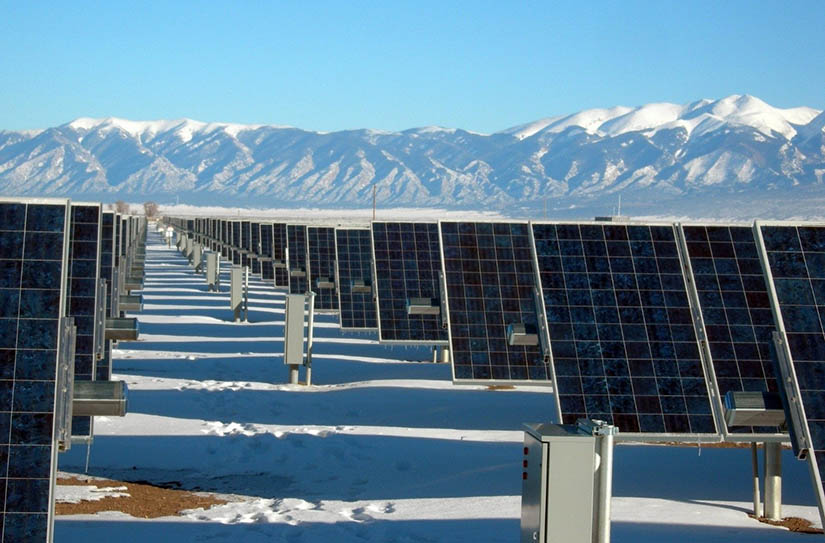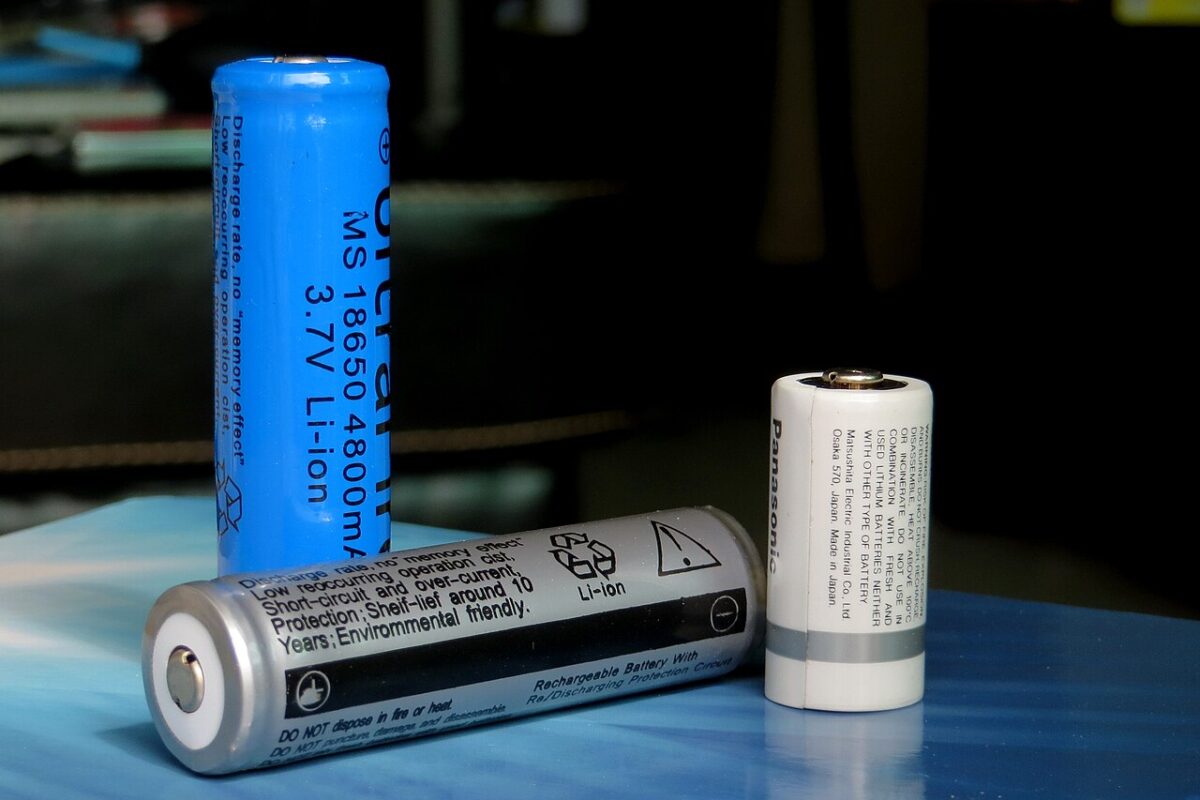From pv magazine USA
Exponential growth of PV installations continues in the US and so will the growth in PV panel waste streams. According to the Solar Futures Study conducted by the National Renewable Energy Lab (NREL), solar could account for as much as 40% of the nation’s electricity supply by 2035 and 45% by 2050.
To reach these levels, solar deployment will need to grow by an average of 30 GW each year between now and 2025 and then double that between 2025 and 2030—four times its current deployment rate—to total 1,000 GW of solar deployed by 2035. That’s a lot of solar panels that would start being retired from service even before 2050. Needless to say, a lot of people–including 7-year old Neil— are concerned about what will happen to solar modules at the end of their life. That concern is real and growing, and is the subject of many studies around the world.

To begin this work, however, researchers need end-of-life data for solar modules. For example, they need to know how many solar modules will be retired this year, what will happen to them when they are retired, how their retirement affects the flow of PV materials, and at what rate will solar modules be retired in the future. To this end, The NREL researchers have developed the PV in the Circular Economy (PV ICE) modeling tool, which attempts to model the flow of PV materials over the next several decades. It also addresses the question of whether it is better to build more durable modules that last longer before needing replacement, or shorter-lived, fully recyclable modules. And it looks at how the evolution of PV technology, like thinner panels or new materials, may play into a more circular economy.
“There is much interest in making PV, an already clean energy source, fully sustainable economically and environmentally,” said Silvana Ovaitt, an NREL PV reliability researcher. “People jump to recycling as the solution, but for a product that is supposed to last more than 30 years—something more like a roof than a cell phone—that puts a big delay into the stream of recycled material. This gives us time to proactively plan for effective collection and recycling of modules. But it also points to the importance of alternate pathways of circularity for PV materials.”
PV ICE uses the latest data from the PV industry to model the flow of PV materials over the next several decades, helping predict the effects of different market trends, technological developments, and government policies.
Modeling today’s modules
Developed by a small team in NREL’s PV Reliability Group, the open-source tool consists of two main pieces. The first piece is a set of data files that collect the key properties of today’s solar modules. And it makes predictions on future modules, including types and quantities of materials, expected lifetimes, and power conversion efficiencies, among others.
PV technology has evolved rapidly and continues to do so. So this ‘average’ silicon module also needs to evolve to accurately capture the materials going into and coming out of the field. I started by looking at market share over time for different types of cell and module designs and created averages of what a silicon module looks like from 1995 through 2030. I drew component material and module data from a number of different sources—industry and literature—to track cell and module changes. This technique could also be applied to a single manufacturer’s bill of materials, though the PV module industry hasn’t offered this type of materials transparency to date, said Heather Mirletz, a Ph.D. student at Colorado School of Mines who helped develop PV ICE.
Modeling future modules and flow of materials
The second piece of PV ICE is modeling how these modules and the materials they contain will move through the PV life cycle. This includes projections of how many solar modules will be installed in future years and assumptions about key processes, such as manufacturing efficiencies or yields and rates of failure. It also models the decisions of stakeholders and how these decisions might modify the flow of materials.
By varying process efficiencies and stakeholder decisions, PV ICE enables researchers to explore how improved reliability or different circular pathways—such as repair, reuse, remanufacturing, or recycling—could affect how much retired module material is landfilled and how much can be recaptured to help deploy more PV modules. The result is a detailed model of how materials enter, move through, and potentially exit a circular PV economy.
“This tool is unique because it brings the PV and the sustainability communities together in an interdisciplinary approach; we capture real-life industry practices like bifaciality, merchant tail, project lifetime, and degradation. It goes beyond a first-approximation approach of simple material-flow analysis,” said Silvana Ovaitt, a member of the PV ICE development team.
For example, the PV ICE team found that several previous predictions had overestimated the rate at which today’s modules will fail and require replacement. Field data and longer-term contracts suggest modules are lasting longer. Updating this assumption in the PV ICE tool revealed that the volume of PV module waste will grow more slowly and arrive later than previously predicted.

“Our sensitivity analyses show that pre-2050 life cycle wastes are most sensitive to module lifetime and reliability,” Mirletz said. “Virgin material demands are most sensitive to manufacturing yields. Circular economy pathways—’reduce, reuse, recycle’—are in order of impact, and our sensitivity results reflect and reinforce this ranking.”
This content is protected by copyright and may not be reused. If you want to cooperate with us and would like to reuse some of our content, please contact: editors@pv-magazine.com.




4 comments
By submitting this form you agree to pv magazine using your data for the purposes of publishing your comment.
Your personal data will only be disclosed or otherwise transmitted to third parties for the purposes of spam filtering or if this is necessary for technical maintenance of the website. Any other transfer to third parties will not take place unless this is justified on the basis of applicable data protection regulations or if pv magazine is legally obliged to do so.
You may revoke this consent at any time with effect for the future, in which case your personal data will be deleted immediately. Otherwise, your data will be deleted if pv magazine has processed your request or the purpose of data storage is fulfilled.
Further information on data privacy can be found in our Data Protection Policy.